Description
The Great Western Railway (GWR) 4700 Class was a class of nine 2-8-0 steam locomotives, designed by George Jackson Churchward. They were introduced in 1919 for heavy mixed traffic work. Although primarily designed for fast freight, the class also sometimes hauled passenger trains, notably heavy holiday expresses in the summer months. They were called “Night Owls” due to the fact they were primarily designed to haul goods during the night and that they could be seen simmering in the daylight, awaiting their nocturnal duties.
Background
At the end of the First World War, the running department of the GWR identified the need for a larger version of the successful GWR 4300 Class 2-6-0 incorporating the Swindon No. 1 boiler. They envisaged a smaller version of the successful Saint class 4-6-0 with 5 ft 8 in (1.727 m) driving wheels – the intermediate of Churchward’s three standard wheel sizes, for express goods trains. However, Churchward preferred a 2-8-0 design for this purpose.
Prototype
The prototype of the new class was built at Swindon works in May 1919 and was the last design by Churchward. It was numbered 4700. According to the RCTS monograph, the design was not successful as built because the No.1 boiler proved to be inadequate for such a large engine. In May 1921 it was therefore rebuilt with a newly designed and larger Swindon No. 7 boiler. However, according to Cook it was built with a Standard No. 1 boiler as the intended design of a larger boiler, the Standard No. 7, was not yet ready.
Production Series
Eight further locomotives with the larger No. 7 boilers and detail differences were ordered by Churchward in 1921, but these only appeared after his retirement. These were numbered 4701 to 4708. Although they were mechanically successful locomotives, their large size severely restricted their route availability and so no more examples were built. Churchward’s successor Charles Collett later rebuilt a Saint Class with 6ft 0in wheels to form the Hall Class which was a far more versatile mixed traffic locomotive. Later, Collett would produce the 6800 Grange Class which was exactly as the traffic department had originally envisaged: a 4-6-0 with Std. No.1 boiler and 5’8″ driving wheels. The class were originally fitted with 3,500 imperial gallons tenders but during 1933/4 these were replaced by 4,000 imperial gallons tenders.
Working Lives
The class were primarily used on fast overnight freight services on the London, Exeter and Plymouth, London-Bristol and London, Birmingham and Wolverhampton routes. In later years they were often used on heavy relief passenger services to the West of England during the summer months.
Withdrawl
Withdrawal of the class began in June 1962 with No.4702, while the last were removed from service in May 1964. As a result of their limited usefulness, the mileages achieved by the class were not great with No.4705 recorded the greatest at 1,656,564 miles.
Preservation
No members of the class were preserved. However, the Great Western Society made the decision to create the next locomotive in the sequence, GWR 4709. Supported via a GWS sub-group, it is being built using a mixture of new parts and others recycled from former Barry scrapyard locomotives.

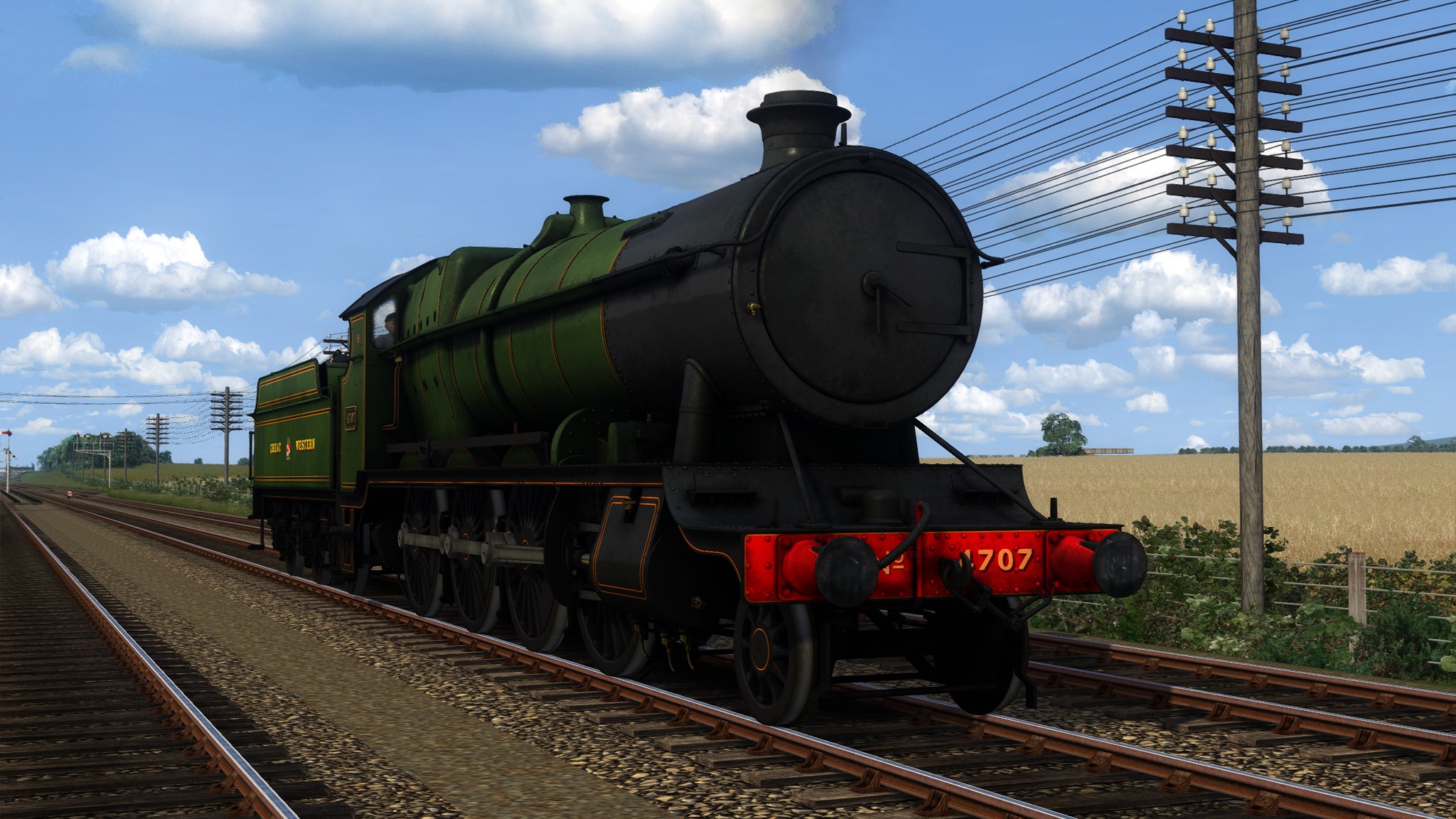
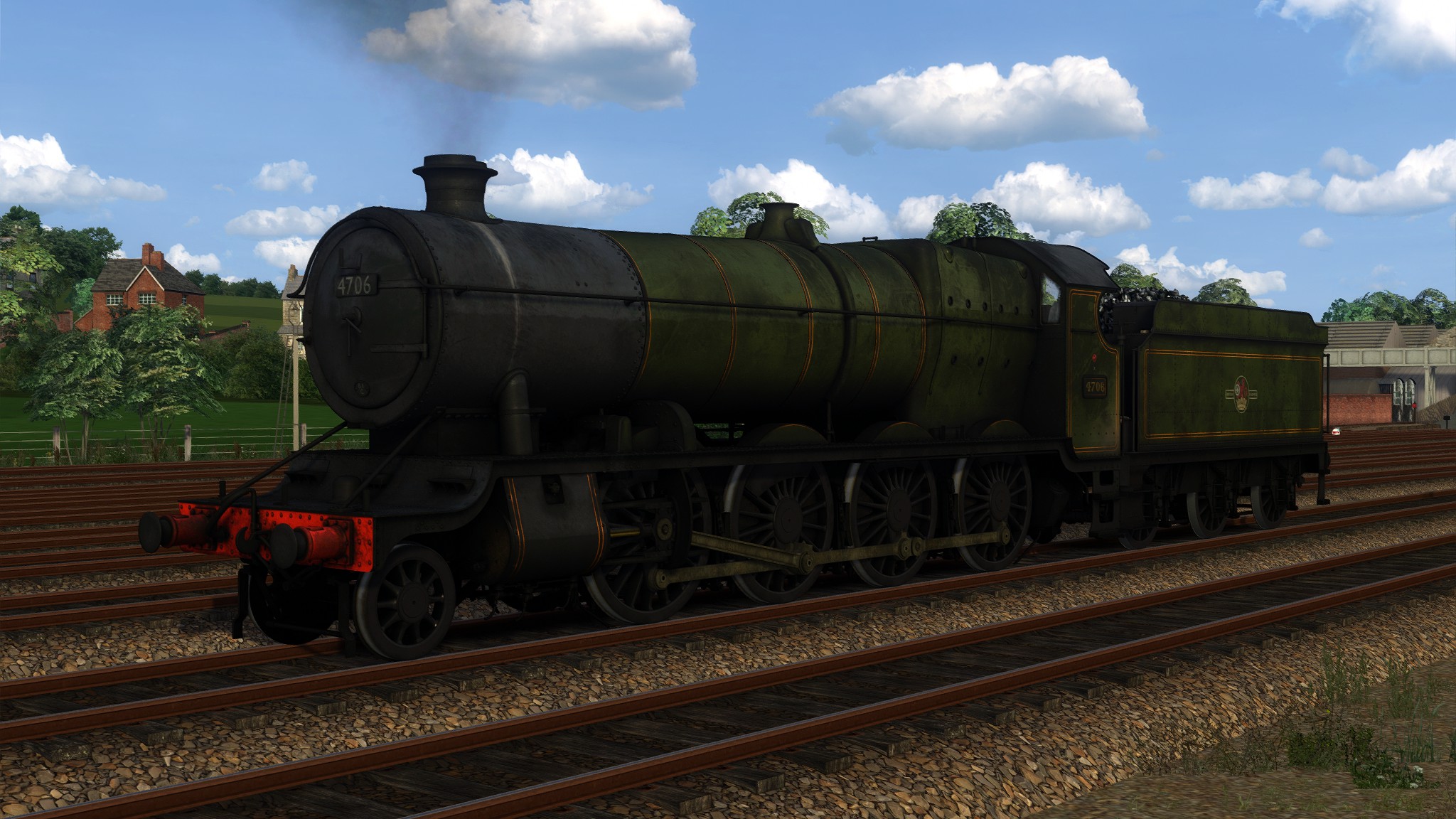
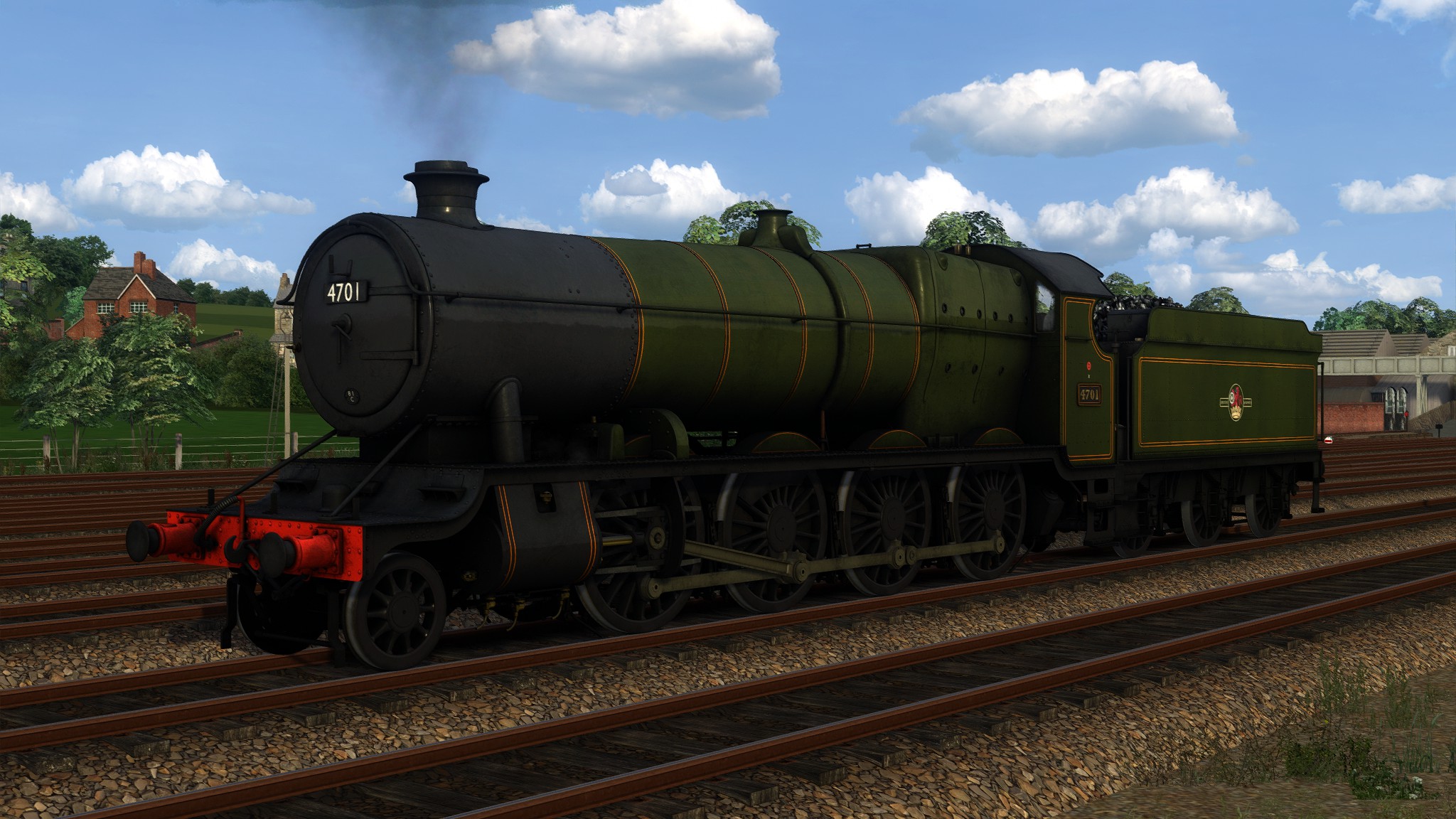
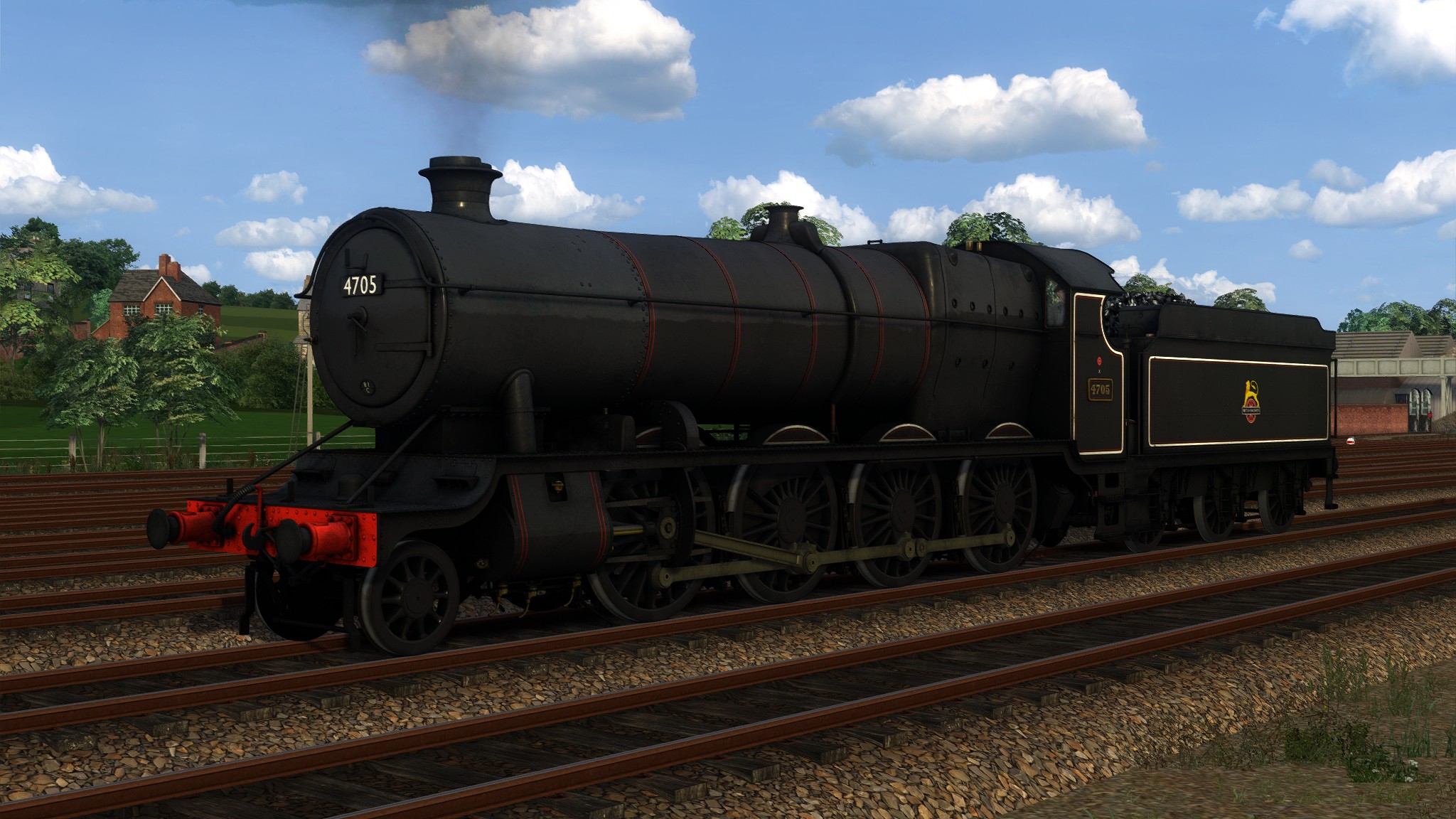
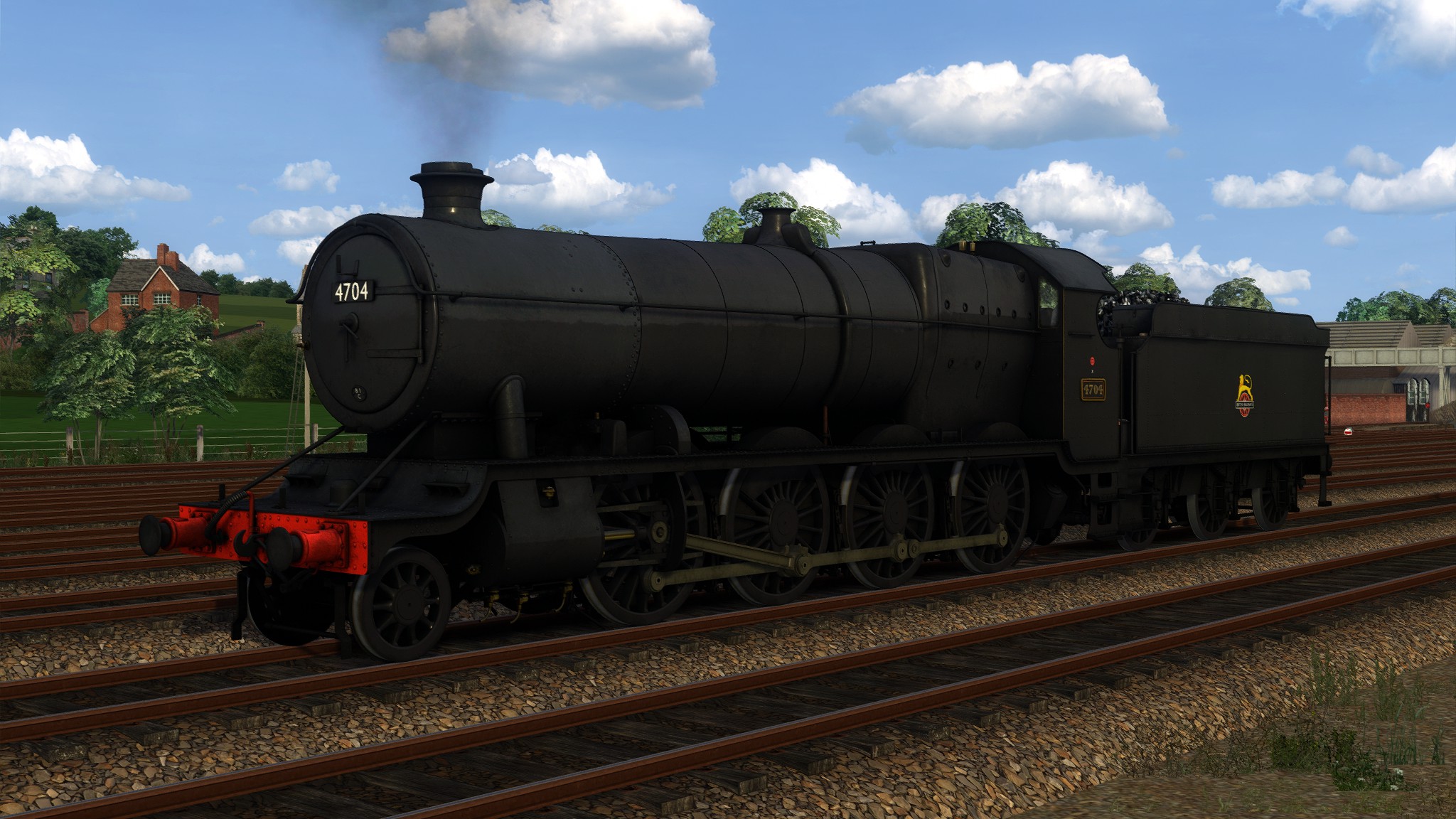
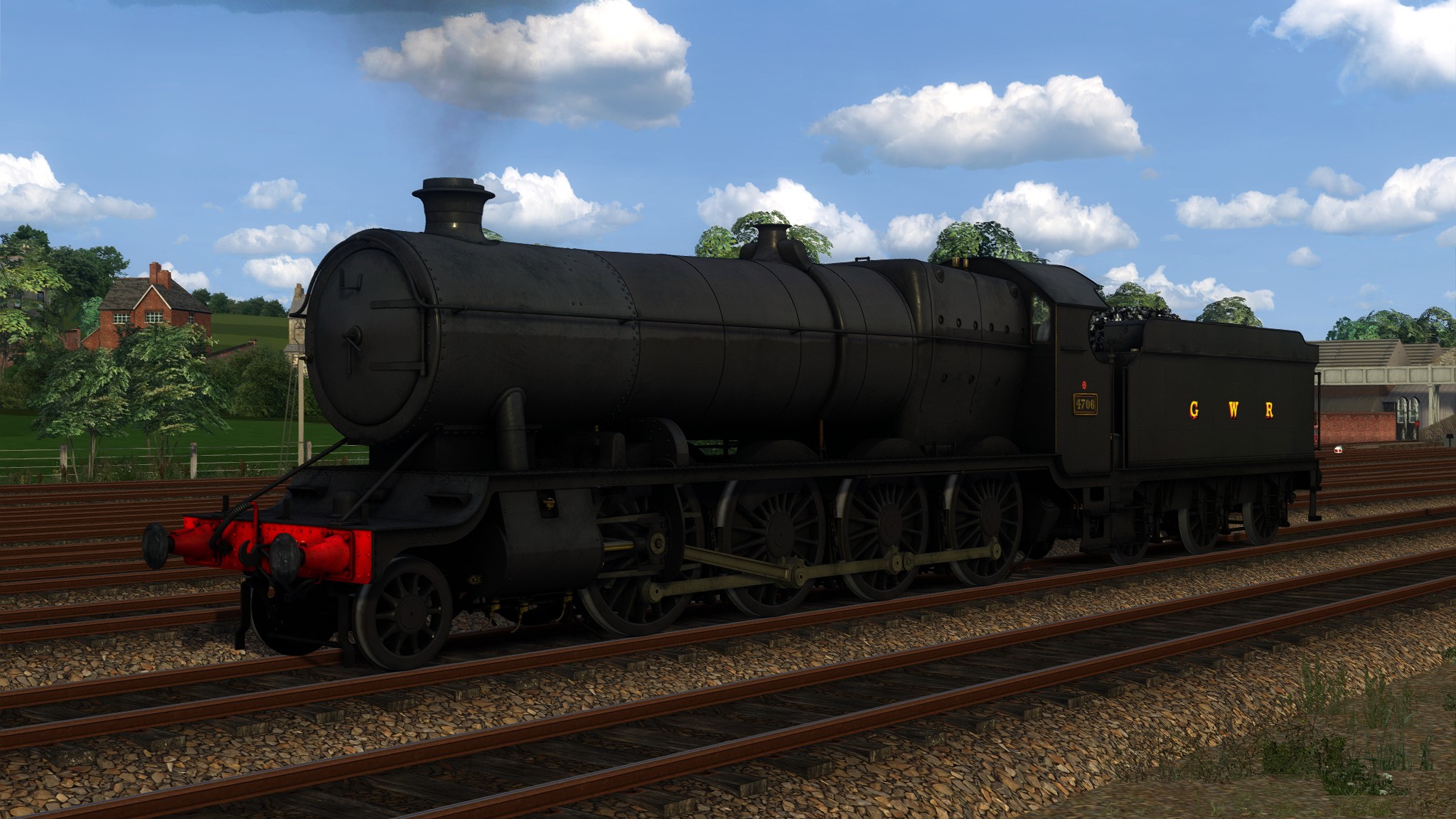
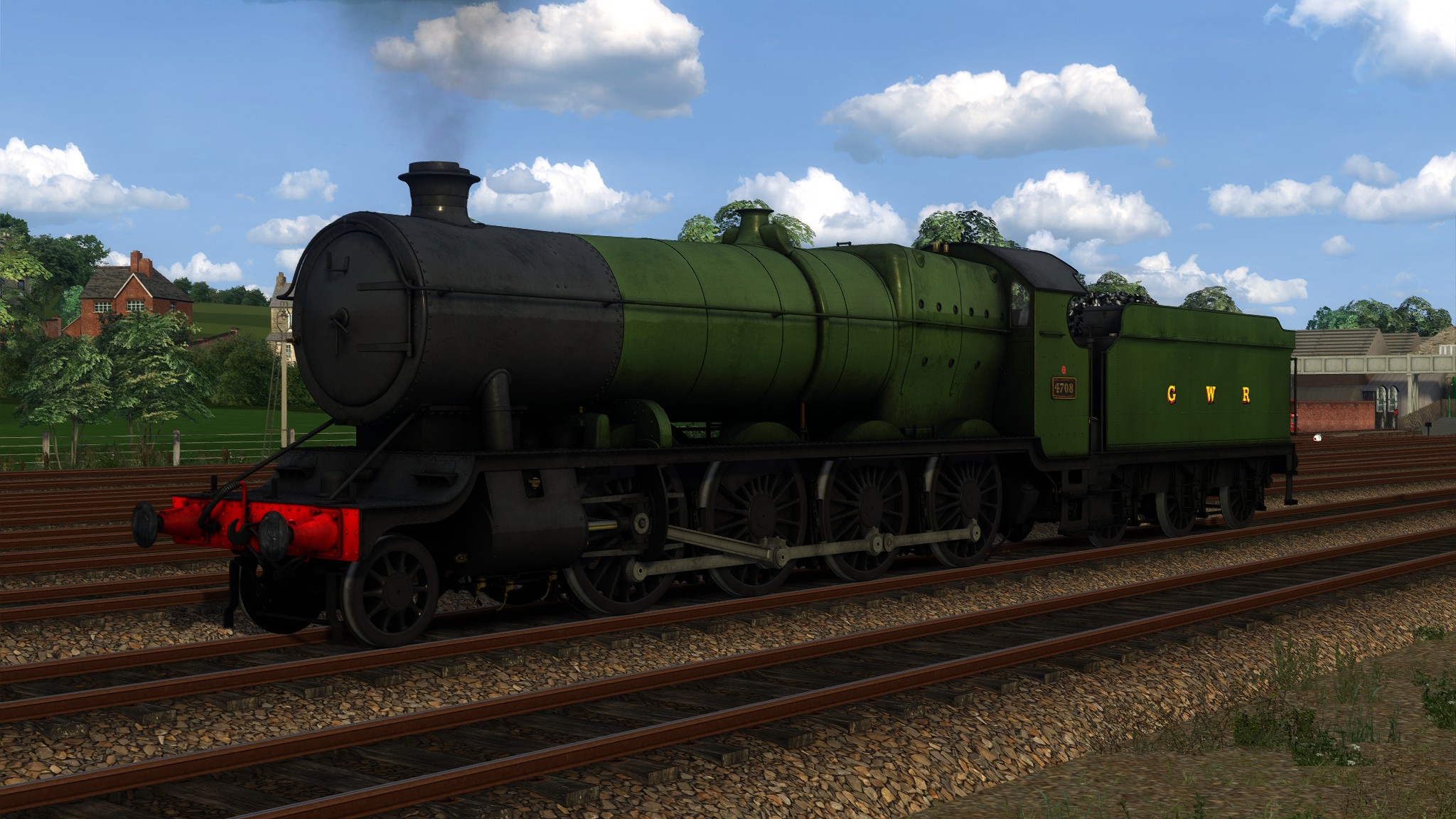
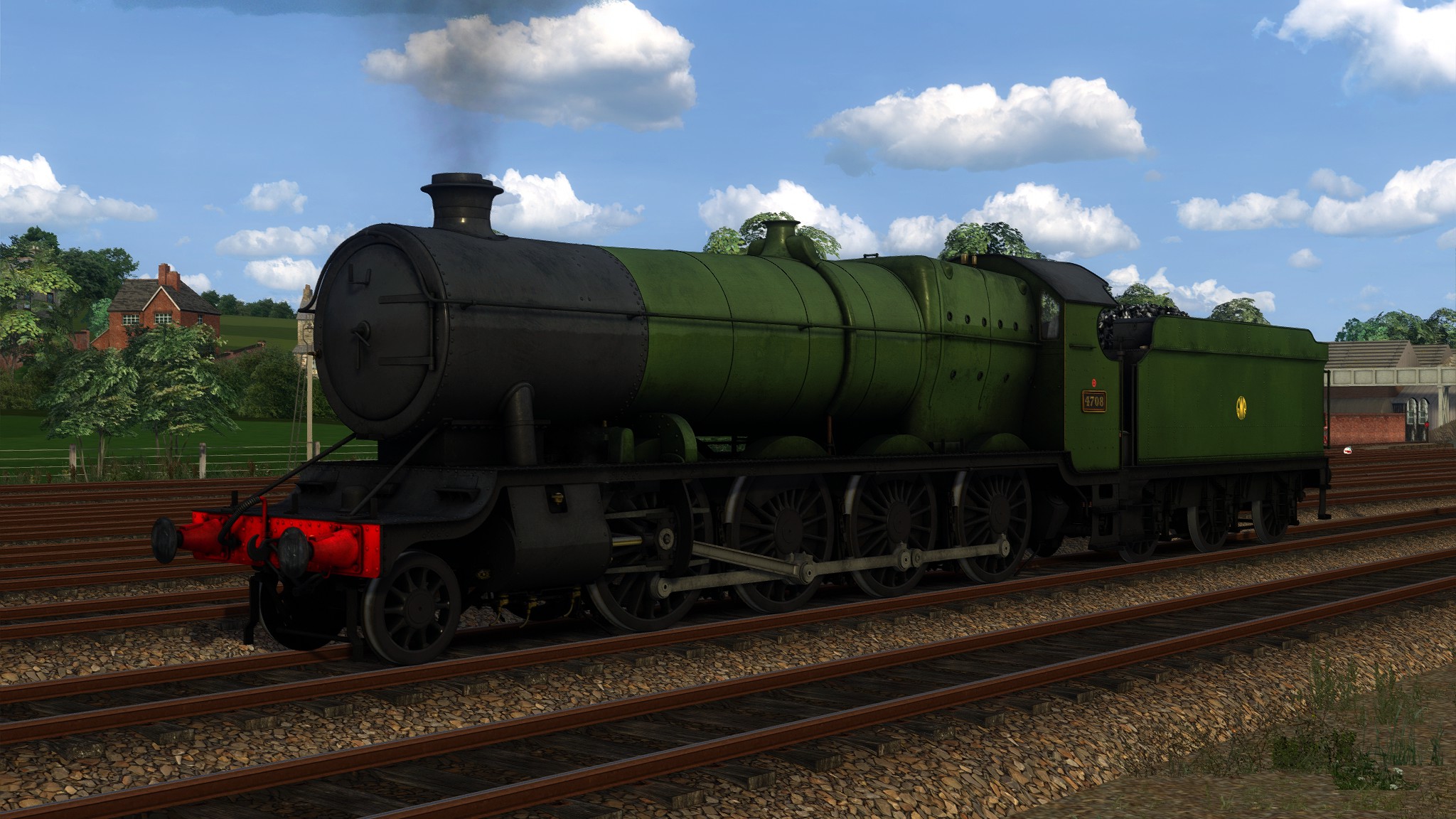
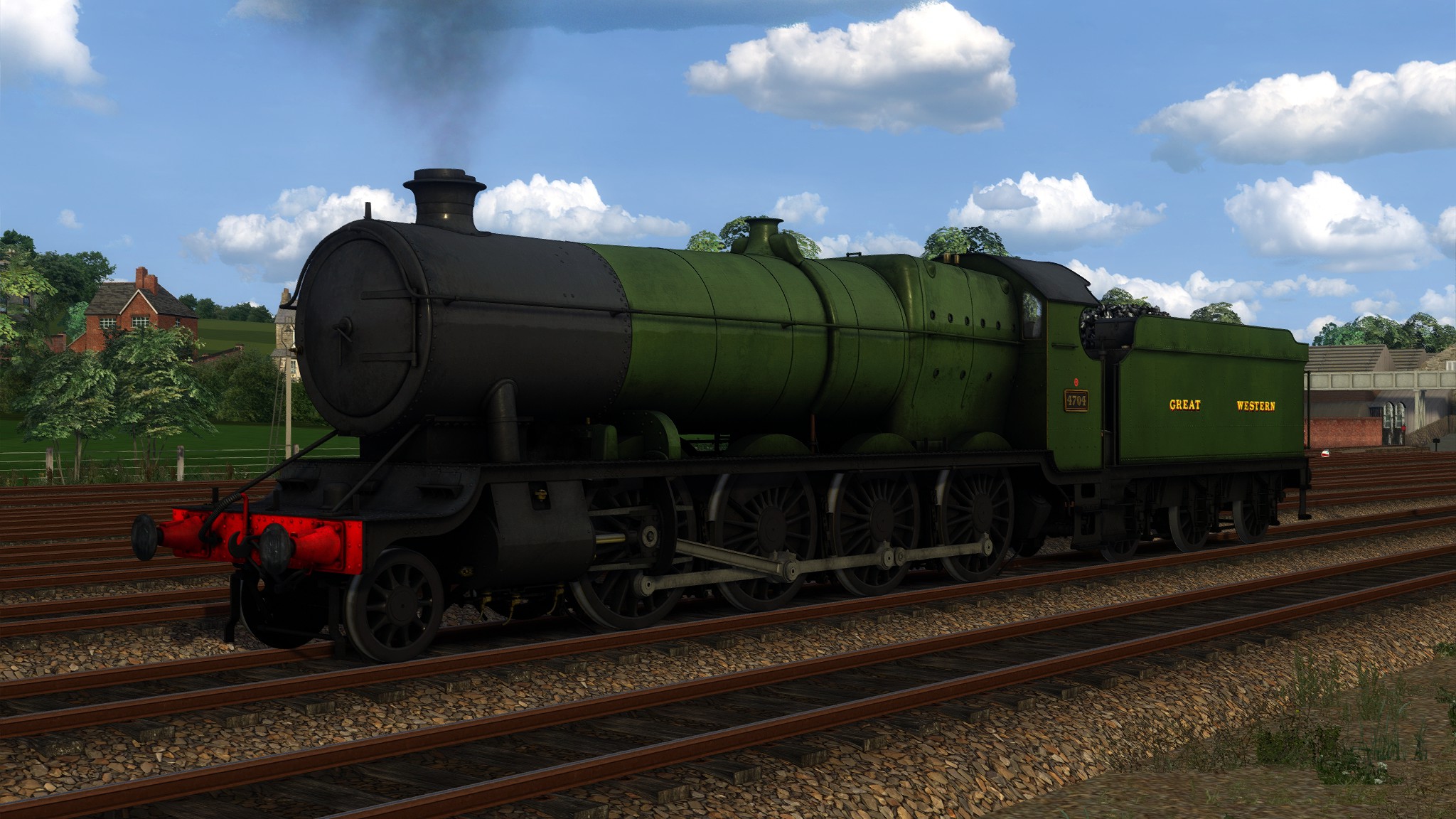
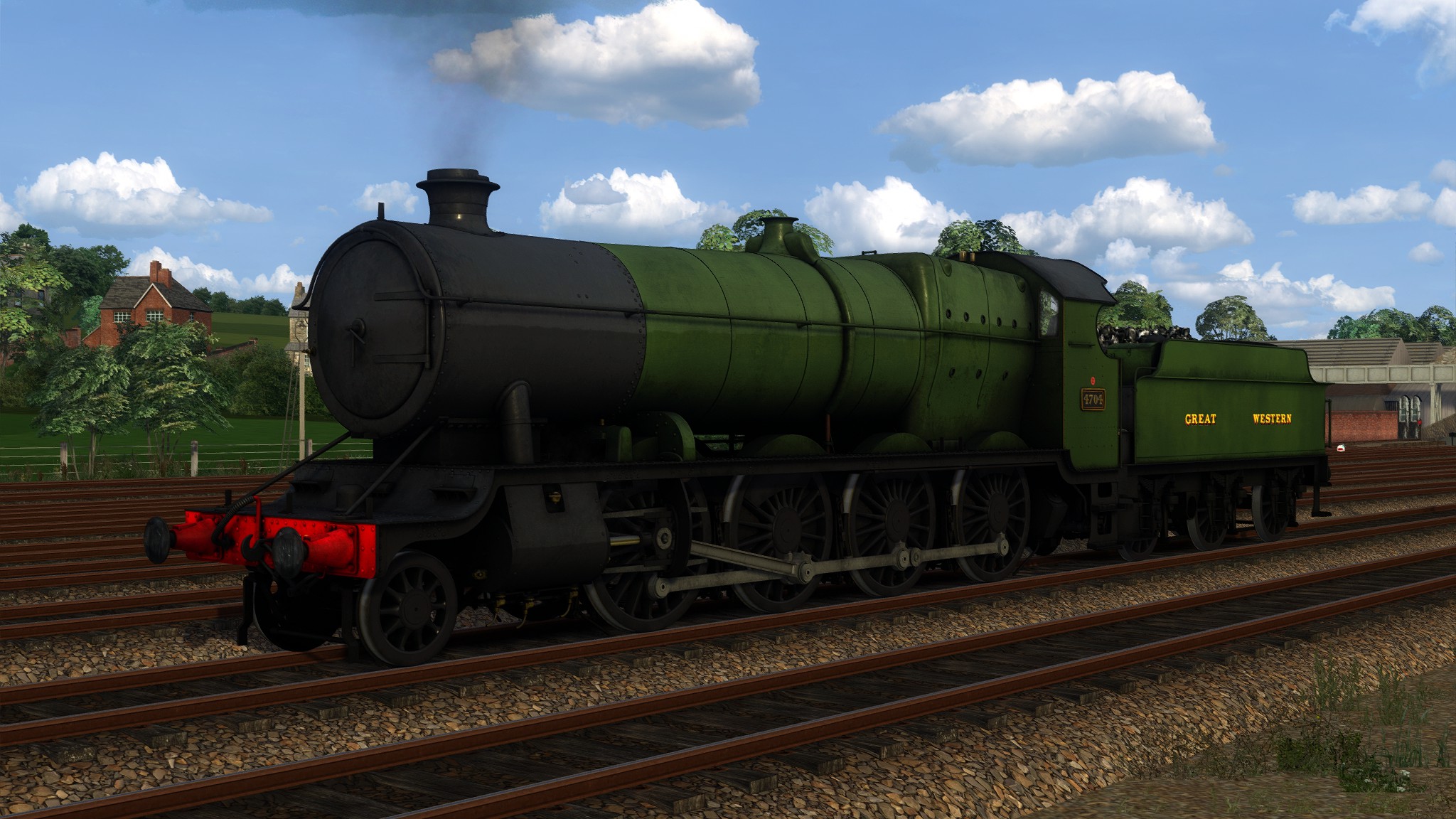
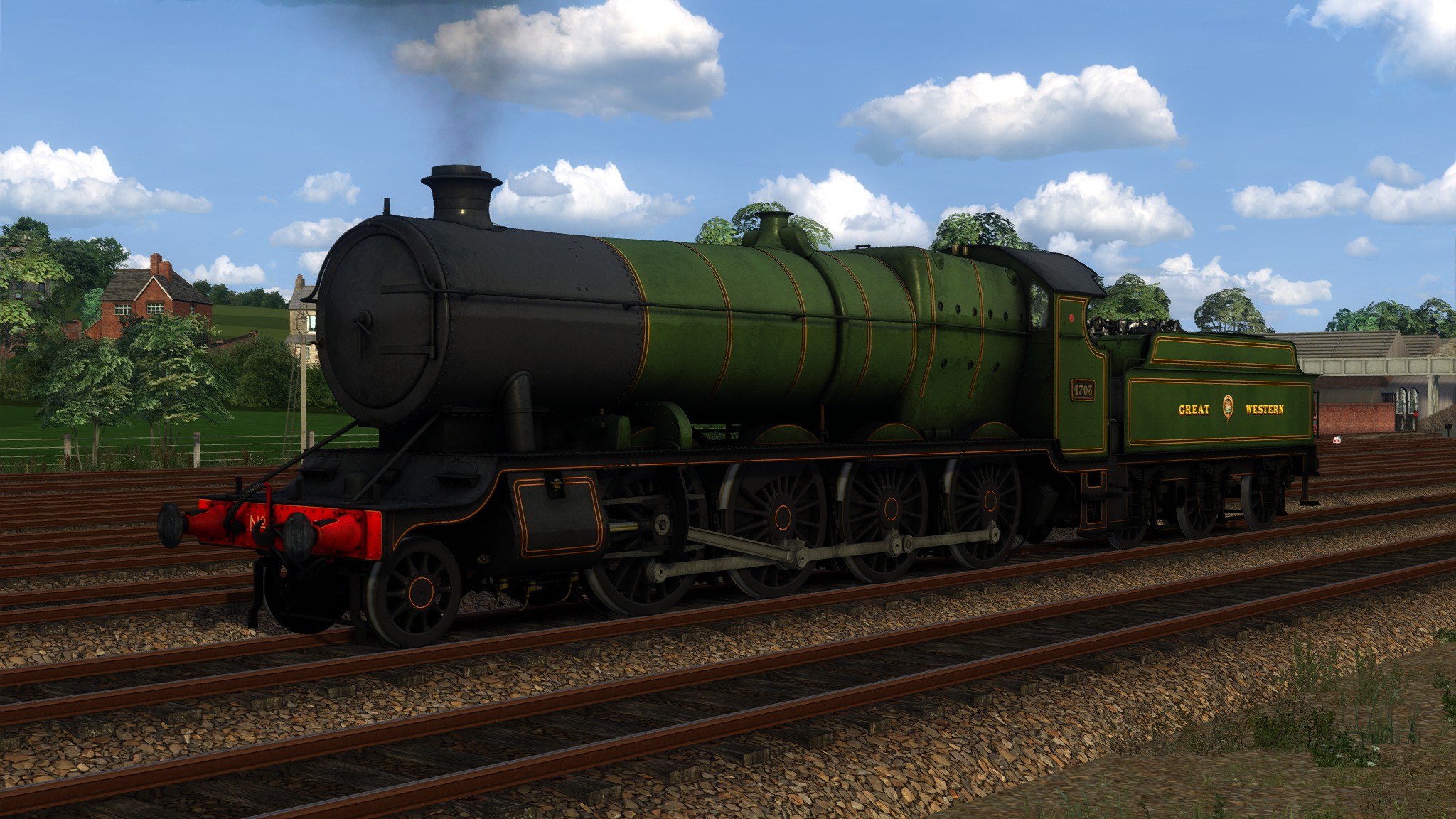
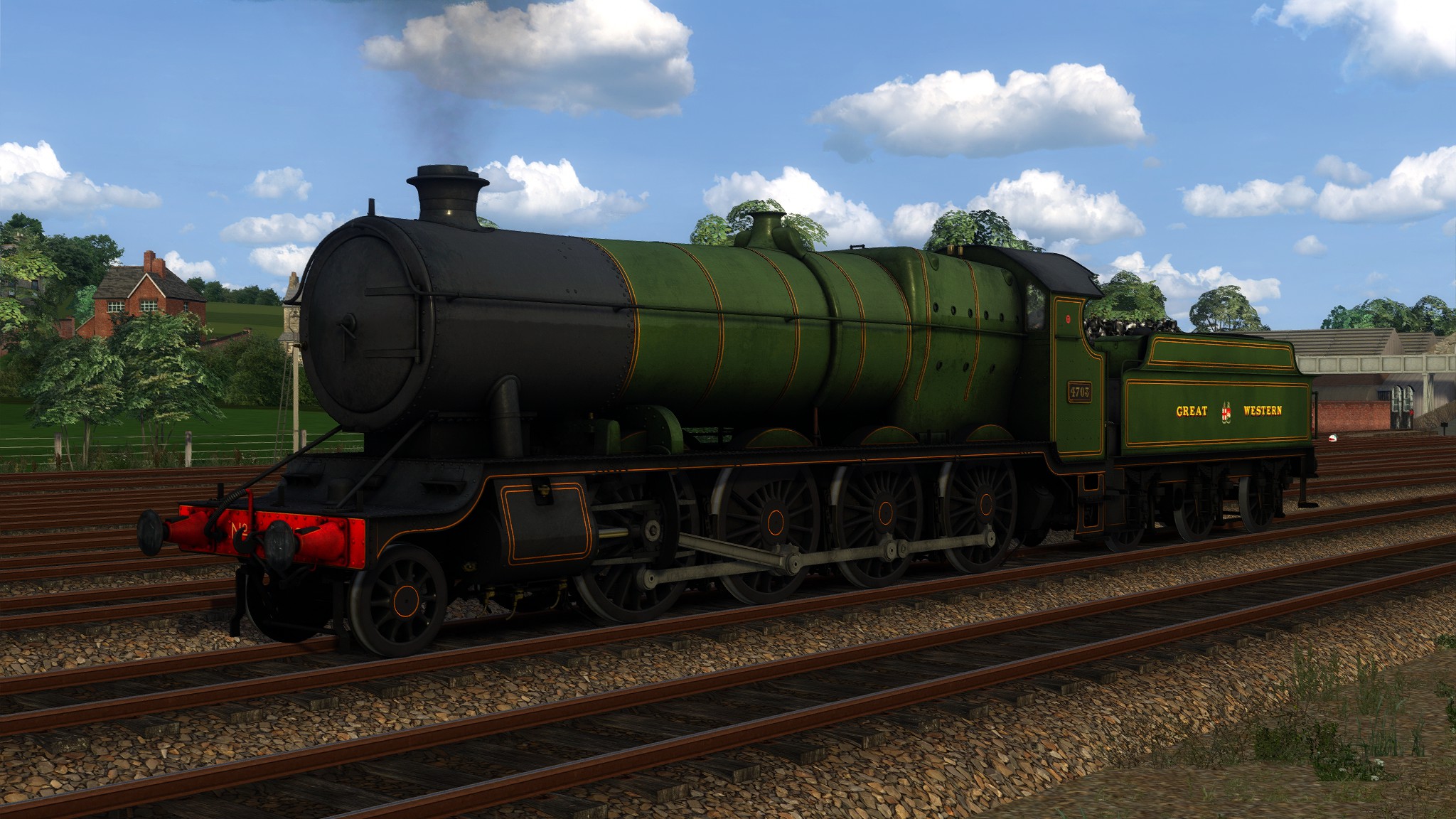
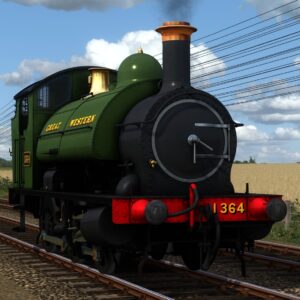
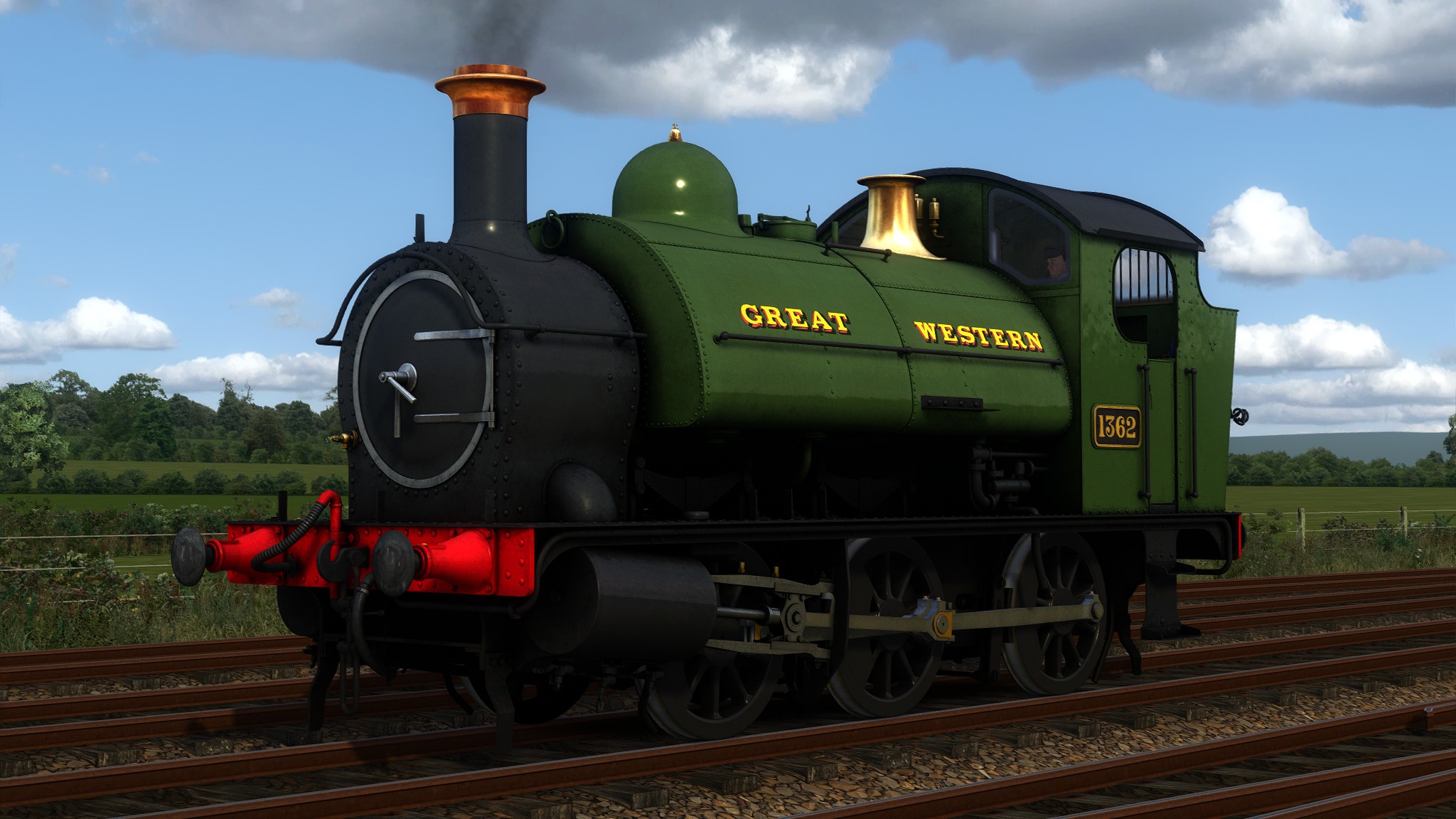
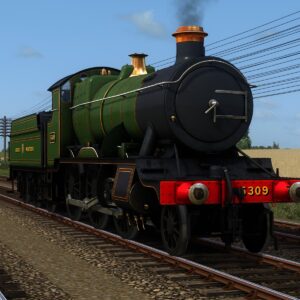
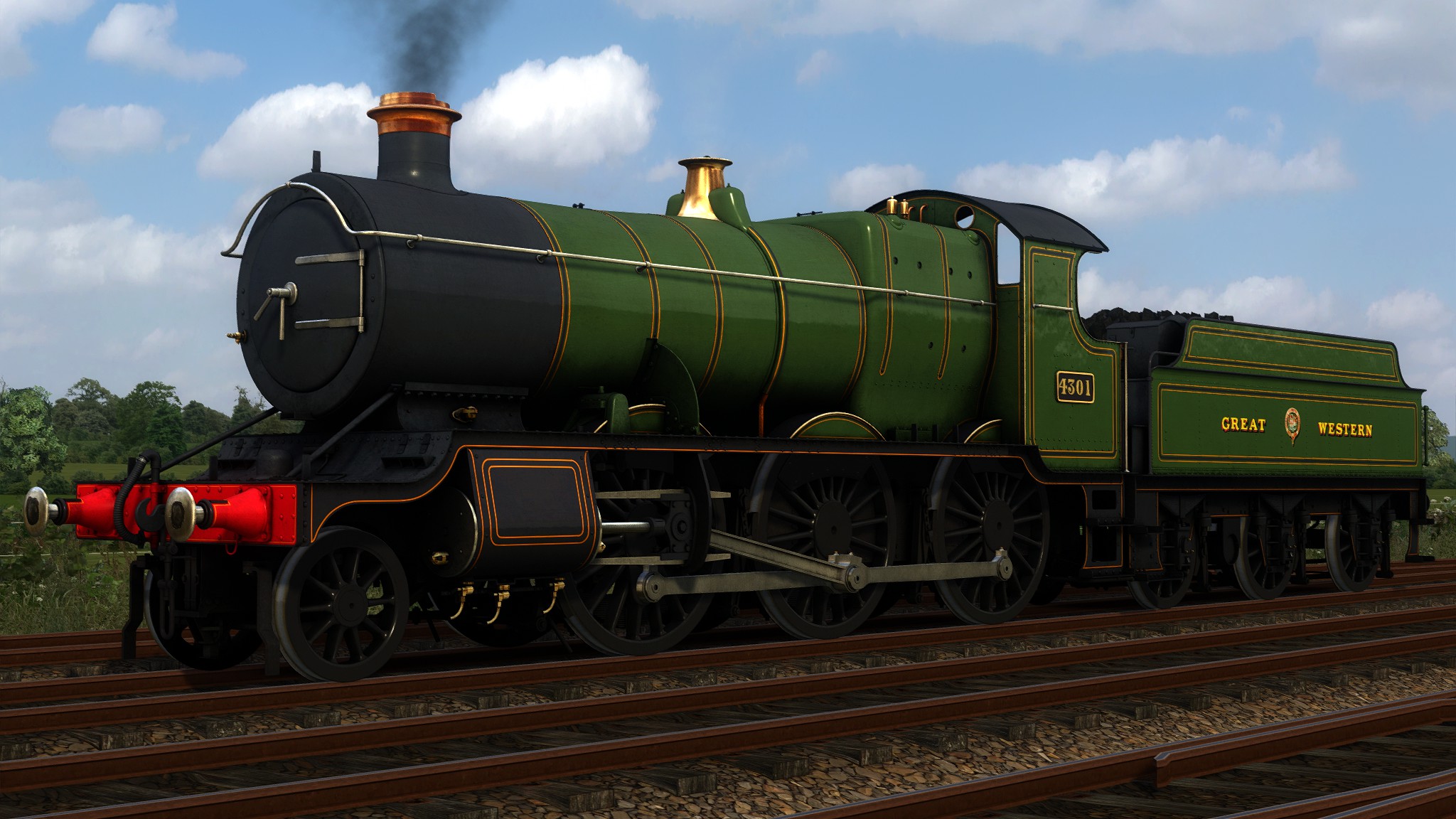
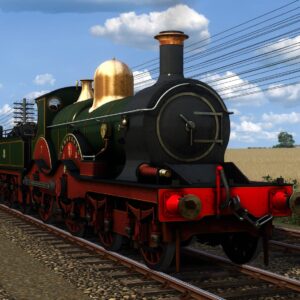
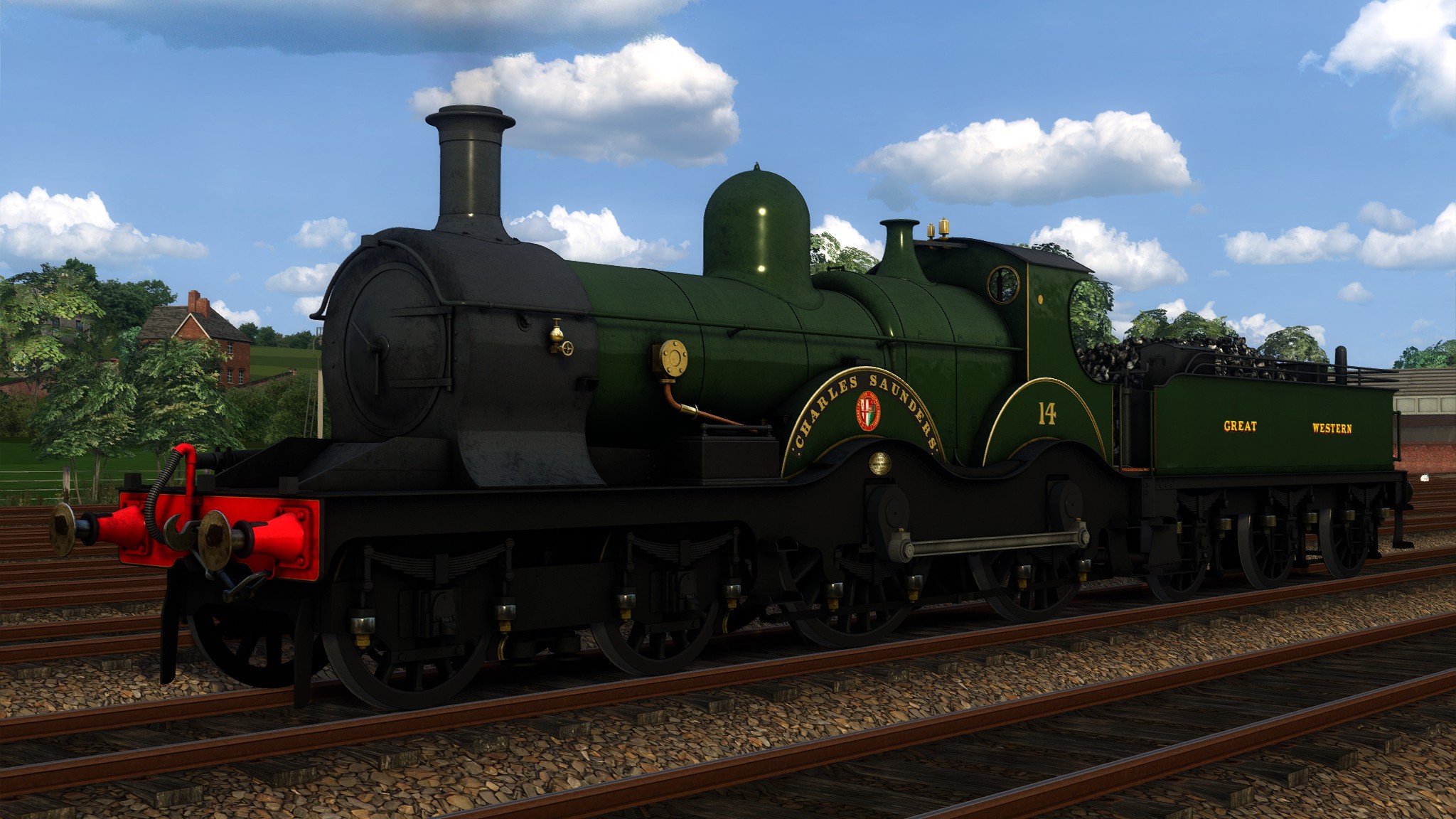
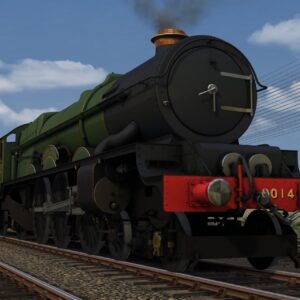
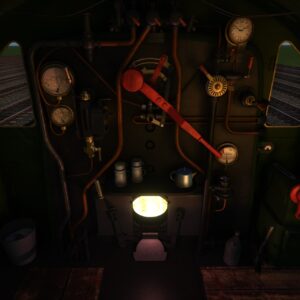
jelle (verified owner) –
Ofcourse a great product as usual.
Kevin Ibbotson (verified owner) –
This is indeed a very lovely model with great sounds.
However, It has a steep learning curve, perhaps a little to steep for some.
After hammering it and CW`s GWR 8000 Cathedral class over the last few days I`ve pretty much got them both figured out.
I plan to expand my Caledonia works collection over the coming months.
Excellent Loco